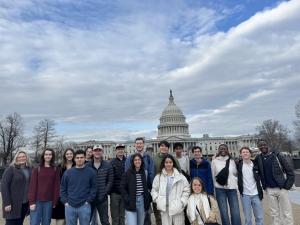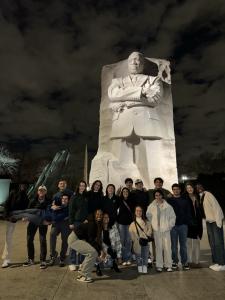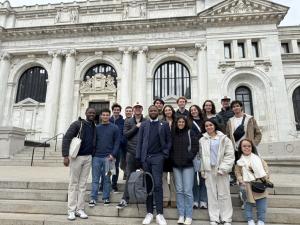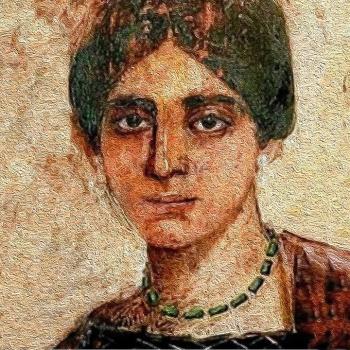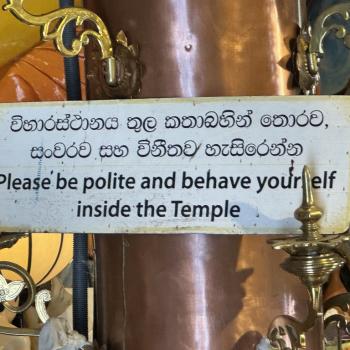As someone who grew up on the Mid-Atlantic Coast, trips to Washington, DC were rites of passage for elementary and high school students. Many students further afield from the capitol also find ways to make a trip to our country’s center of power part of the education. I recently got back from a trip to Washington, DC with sixteen college sophomores (mostly History and Political Science majors) and decided to reflect on how such travel to museums, government buildings, and monuments shapes our understanding of the past. Because of course it’s not only the young who benefit from visiting museums and historical sites and new cities.
Organizing trips with students was something I avoided doing for most of my early career. It takes time that often requires going above my regular teaching load. Also, I find the organization of finances and keeping track of the budgets challenging. However, I’ve been doing this for eight years now and my skills have improved–and I am fully convinced the importance of travel in general, but perhaps for my students, the trip to D.C. in particular.
Any kind of travel can be a kind of pilgrimage, but there’s something special about traveling for history education. Museums are structured to create moods tell specific stories and to emphasize particular items and so showing up to these buildings or spaces year after year with students reminds me of the traditions around history education in the US. Going to the Supreme Court, visiting the MLK memorial, or seeing the White House, if only from the outside, is part of the civic and history instruction we often rely on for creating active citizens. But for students of history and politics, there is more to be recognized beneath the surface of the exhibits and spectacle.
Rituals for learning in place, whether at National Parks or the or historical homes provide us with tangible connections to the past and to those who have also gone before us to this same place. We connect with our parents, teachers, the protestors, and rights activists who have shown up in this same place and acted (sometimes violently) in ways that continue to shape our present. We stare at similar horizons and exhibits, and practice learning from the same artifacts that also shaped them.
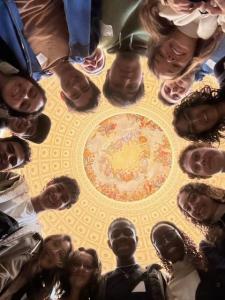 However, the lessons we learn should continue to evolve. My students viewed the Statuary Hall in the U.S. Capitol in very different ways than I did as a young person in the 1980s. I viewed the Vietnam Memorial very differently in 1990 than did my high school government teacher who was with us and who had gone to Canada to avoid the draft. Even with the conservative (in the non-political sense of that term) nature of monuments and museum displays, the meanings and contexts continue to change and for mature students, this can and should be part of the learning process. How and why did these exhibits get erected? Which elements of history are being shown? Who is being remembered and why? We can and do cover such topics in classes, but for students learning out in the field, and especially in Washington, DC, there is an immediacy to the lessons that they “get” in a way they would not usually otherwise.
However, the lessons we learn should continue to evolve. My students viewed the Statuary Hall in the U.S. Capitol in very different ways than I did as a young person in the 1980s. I viewed the Vietnam Memorial very differently in 1990 than did my high school government teacher who was with us and who had gone to Canada to avoid the draft. Even with the conservative (in the non-political sense of that term) nature of monuments and museum displays, the meanings and contexts continue to change and for mature students, this can and should be part of the learning process. How and why did these exhibits get erected? Which elements of history are being shown? Who is being remembered and why? We can and do cover such topics in classes, but for students learning out in the field, and especially in Washington, DC, there is an immediacy to the lessons that they “get” in a way they would not usually otherwise.
A large part of this trip for me as a teacher/mentor is to allow others to teach my students and to give them time on their own to learn the lessons they need to learn. I give them time to visit whichever museums they choose (and require that they report back), but I also introduce them to curators and interns and librarians who work in these spaces and talk about their jobs. This humanizes both the government and the reality of museums and libraries (in addition to providing them with ideas about professions they are qualified for and how to get jobs). It de-mystifies the systems that so often appear to be concrete and immovable and perhaps omnipotent. They become participants and not only passive consumers of the structures of power and knowledge.
Because make no mistake: Washington, D.C. exudes power. It can be seductive. My students really love this trip and the learning that takes places on it and the possibilities of jobs at the center of it all. It can feel like this is the place where all the significant work happens and that anything/anywhere else is a poor substitute for the “important” occupations. This is the difficulty with any large edifice or institution—it can drown out the smaller and possibly more satisfying and edifying ways of being in the world. Students can feel if they aren’t working for World Vision or the State Department or the Smithsonian or the Library of Congress that they haven’t lived up to their potential.
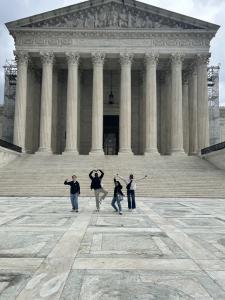 This mimics the nationalization of politics and news in our world. People are so often connected to the global and national that they don’t pay attention to their city’s politics or history or economic development. Taking my students to Washington, D.C. and connecting them with alumni or other professionals who work there can make them feel like this is the primary way to make a difference in the world. And I want them to know they are qualified for these jobs and that working in D.C. can be extremely fun and satisfying.
This mimics the nationalization of politics and news in our world. People are so often connected to the global and national that they don’t pay attention to their city’s politics or history or economic development. Taking my students to Washington, D.C. and connecting them with alumni or other professionals who work there can make them feel like this is the primary way to make a difference in the world. And I want them to know they are qualified for these jobs and that working in D.C. can be extremely fun and satisfying.
But in order to prevent the fallacy of this being the best way to labor for good, I try to also introduce them to alumni and professionals who work is small and local. Who work for tutoring agencies and make art on the side. Who join political campaigns that fail. Who write for their local paper or who are speech therapists who volunteer to help refugees in their town. This year we invited 12 young alumni from the Metro-D.C. area to come chat with our students about their post-college experience and they were really honest about the pains and joys that they didn’t expect. Coming from a Christian context, many of them talked about how they felt divine guidance and support even in failure and heartbreak. How sometimes their dream job didn’t end up being their dream job or their post-partum depression impacted their marriages and their professional lives.
Such chastening is vital when one is staying in a hostel 5 blocks from the Capitol building and all the dramatic power that Capitol Hill exudes. My students are always trying to connect their lives to the history they learn and in the corridors of power it is vital that they see generations who have worked unseen and unknown or those whose lives were even ruined or traumatized by the decisions made in these places. Processing this information on site, literally in the shadows of museums that tell both triumphant and tragic stories, can be mind-bending.
I do this every year. And I am impacted by my students’ experiences every year. I wish more people were able to travel with college students because they are mature thinkers and yet still open to the impressions their encounters provide. This year I had a particularly gentle and kind community of students I traveled with, and I took the opportunity to note some of the tools they use to make their way in the world. I leave them with you here:
- Kindness matters most of all—open doors for each other and help with chores.
- Play “Not Really Strangers” to get to know each other.
- Get excited about new things to see and do.
- Be playful—allow for silliness and jokes.
- Ask lots of questions, even when you’re nervous
- Imagine yourself living in new places, even if there’s no chance it’ll ever happen.
- Insist on traditions—make new ones with new groups of people.
- Share food.
- Assume people are really well informed and choose to learn from them.
- Take lots of photos and share them with each other so you can remember these moments.


